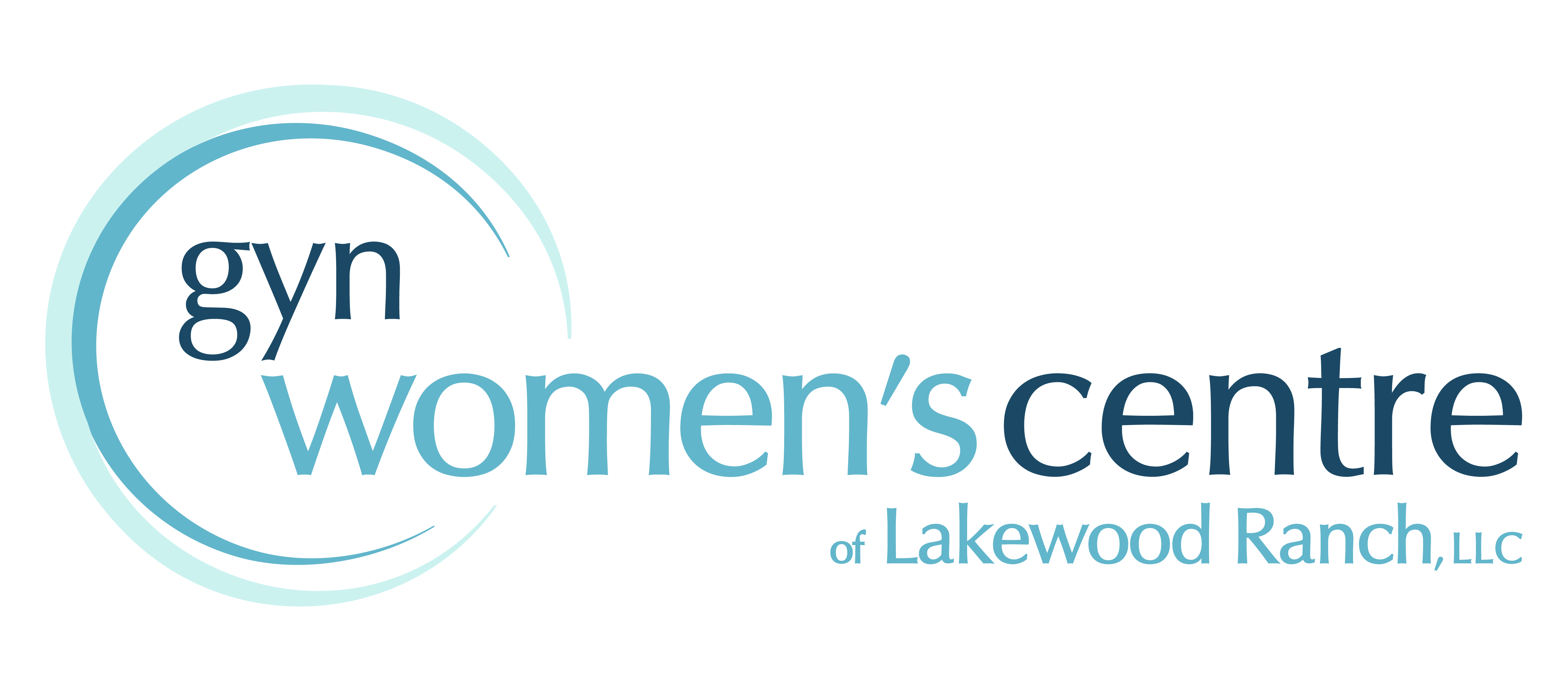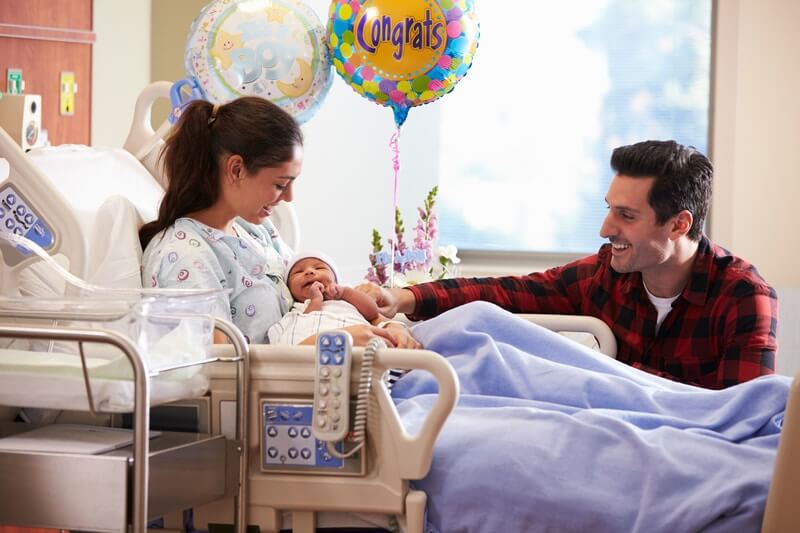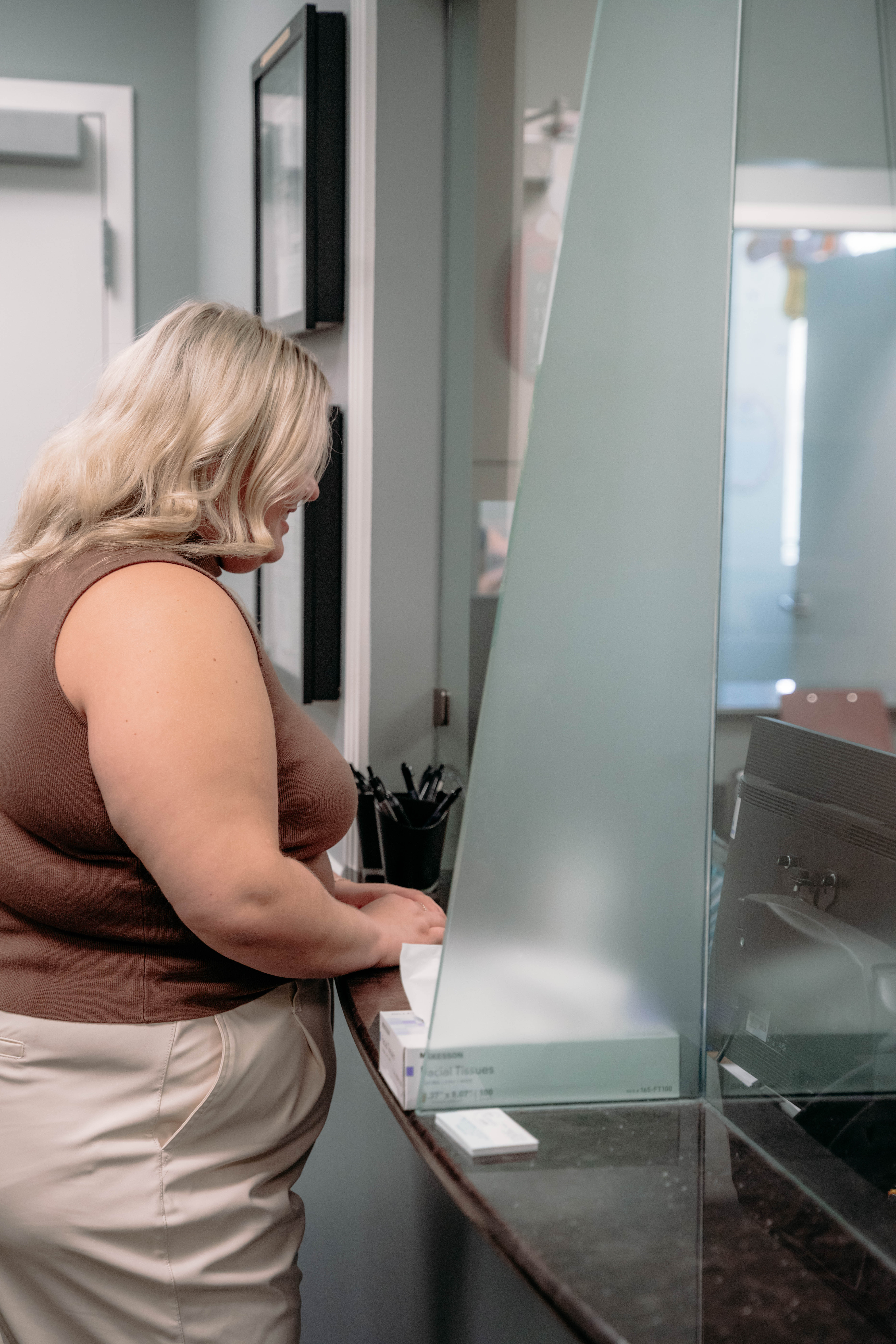You’ve waited months and months, and now, your bundle of joy is here. You anxiously wait for your doctor to announce your clean bill of health and discharge you and your baby. For most mothers, the next time they visit a medical facility is when they’re getting checkups for them and their baby, but if you develop postpartum preeclampsia, then you might need to be readmitted sooner rather than later.
What is postpartum preeclampsia?
If you’re expecting or have had a child, then you’ve likely already heard of preeclampsia. It’s a condition that develops around the 20-week mark, and usually includes high blood pressure and protein in the urine. But, what you might not know is that preeclampsia can also occur after childbirth. Postpartum preeclampsia can develop anytime between a couple of days and several weeks afterward.
Symptoms of Postpartum Preeclampsia
In addition to protein in the urine and high blood pressure — 140/90 or higher — there are several other signs that you may be experiencing postpartum preeclampsia. Other indications include:
- Nausea or vomiting
- Severe headache
- Abdominal pain – especially on the right side
- Sudden shortness of breath
- Little urine output
- Sudden weight gain – more than two pounds a week
- Swollen feet and/or hands
If you’ve recently had a child and have any of these symptoms, you should contact your health provider immediately. Postpartum preeclampsia can often go under the radar, but delaying treatment could be life-threatening.
Postpartum Preeclampsia Diagnosis
Post-childbirth, you and the baby will attend many doctor visits. During these visits, your doctor will likely test your blood pressure. If they think it’s higher than normal, they may ask you several questions including:
- What symptoms have you been experiencing?
- When did you first notice your signs or symptoms?
- Have you experienced preeclampsia or postpartum preeclampsia with previous pregnancies?
These questions are to help determine if your condition is postpartum preeclampsia or if the cause of your high blood pressure is from other conditions. If your healthcare provider suspects you are experiencing postpartum preeclampsia then they will conduct a blood test and urine sample.
Postpartum Preeclampsia Treatment
While there is no way to prevent or avoid postpartum preeclampsia, there are several ways to treat it once you’ve been diagnosed. At first, your doctor may require that you stay overnight in the hospital so that changes in your blood pressure and symptoms can be monitored. Your doctor will prescribe blood pressure medications to help lower your blood pressure and treat your symptoms. This can also help prevent seizures that can occur with complications. These medications are usually safe to take while breastfeeding. You should talk to your doctor if you have questions or concerns about prescribed medications, or if you notice sudden changes in your symptoms.
Call OB-GYN Women’s Centre of Lakewood Ranch for More Information
At OB-GYN Women’s Centre of Lakewood Ranch, we provide a variety of services for every woman. No matter your age or medical history, we’ll help you feel comfortable and answer all of your reproductive health-related questions.
Contact us today to schedule an appointment.




